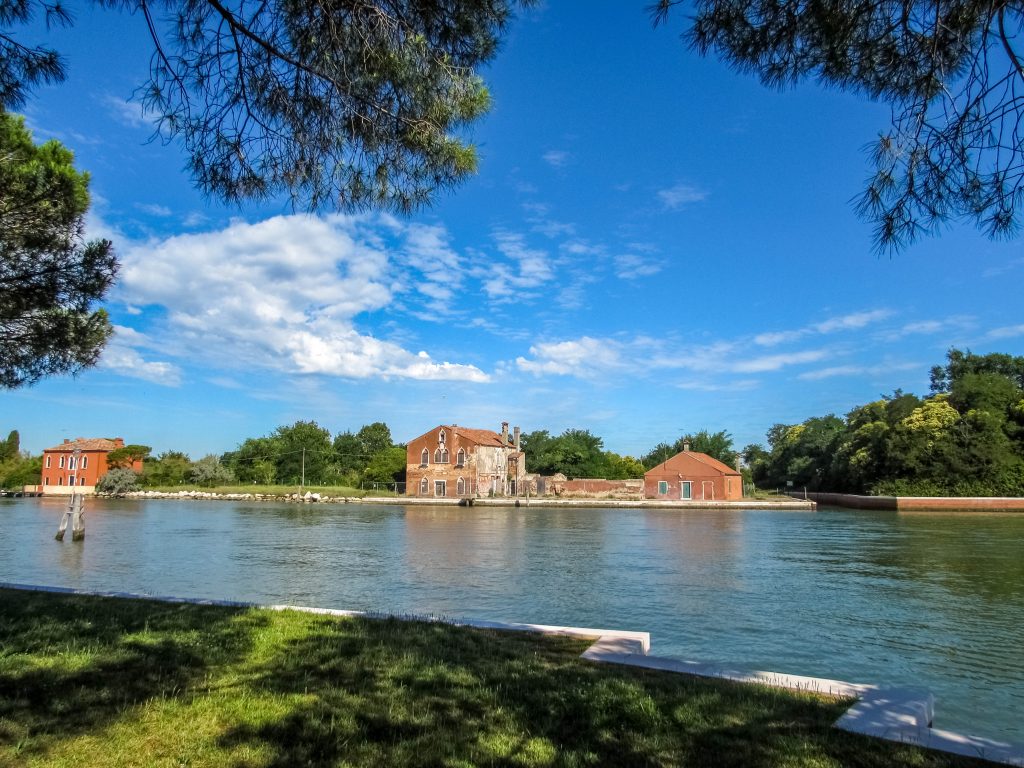
Mazzorbo is a serene island nestled in the Venetian Lagoon, often overshadowed by its colorful neighbor, Burano. Despite its quiet charm, Mazzorbo holds a wealth of history and culture. Connected by a wooden bridge to Burano, this island offers a peaceful escape and a glimpse into a forgotten part of Venice. Let’s explore the island’s unique heritage, architectural marvels, and the tranquil lifestyle that defines it.
A Rich Historical Tapestry
Mazzorbo’s history is intricately linked with that of Venice but tells its own unique story. Initially, it was a bustling center, known for its agricultural prowess. Over the centuries, as political and economic tides changed, Mazzorbo’s prominence waned. Today, the island stands as a testament to its past, characterized by abandoned fields and ancient buildings. Additionally, this shift has preserved a side of Venetian life that has disappeared elsewhere, making Mazzorbo a living museum.
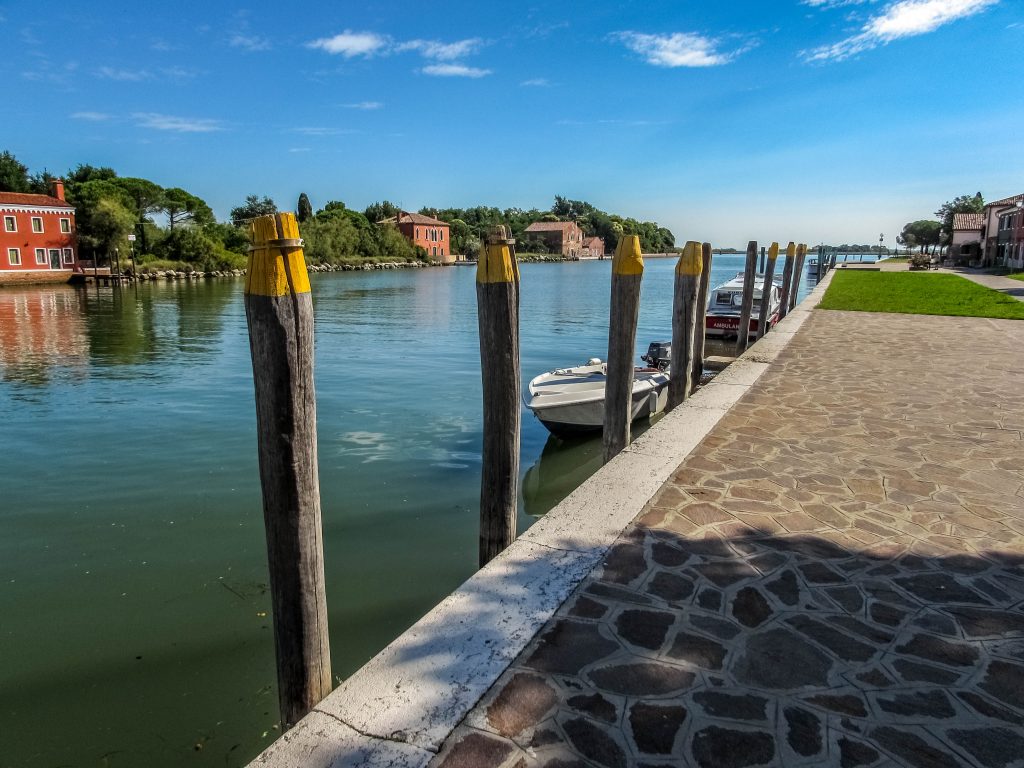
Historical records suggest Mazzorbo was once as commercially vibrant as any other island in the lagoon. The island hosted markets that drew people from across Venice. However, as the main trade routes and political focus shifted towards the central islands, Mazzorbo’s influence declined. Consequently, many residents moved away, seeking opportunities elsewhere. Yet, the island’s historical architecture remains, offering a window into its bustling past.
One of the pivotal historical moments for Mazzorbo was the decline of its shipbuilding industry. During Venice’s maritime heyday, Mazzorbo contributed to the shipbuilding efforts that fueled the city-state’s naval dominance. As shipbuilding techniques evolved and operations consolidated in more accessible areas, Mazzorbo’s yards fell into disuse. This industry shift left behind structures that today provide insight into the maritime history of the region.
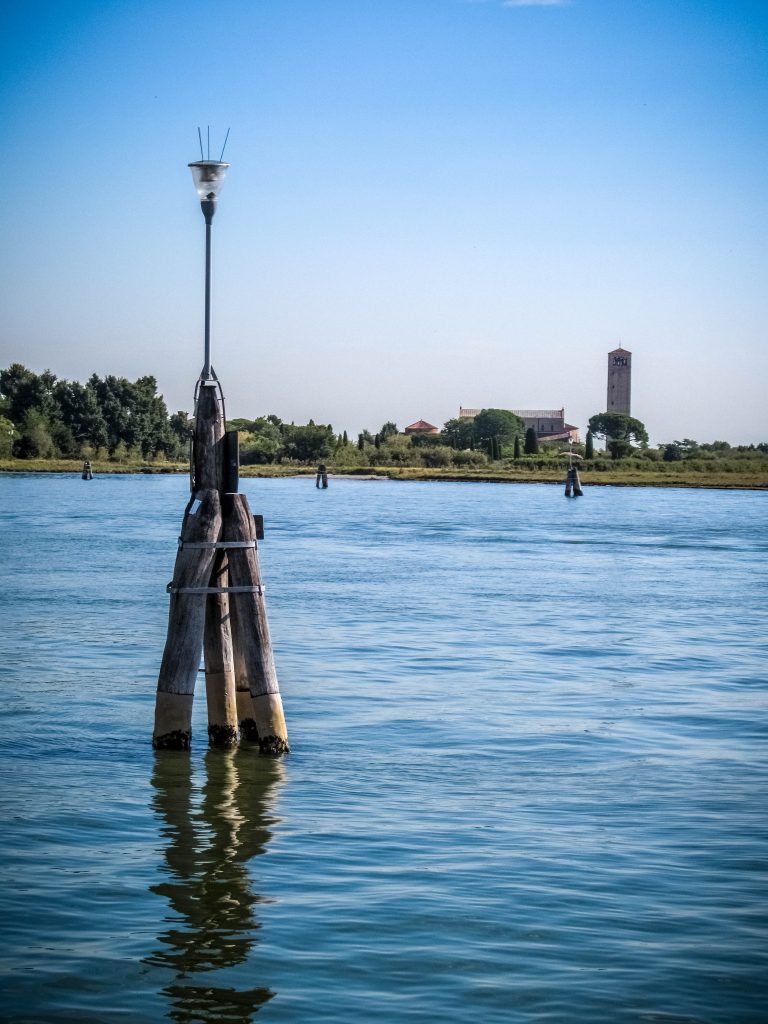
The island’s transformation over the years is also evident in its population dynamics. Once home to a thriving community, today it sees fewer permanent residents. This change has allowed Mazzorbo to maintain an untouched charm, with its historical sites and natural beauty remaining intact. The reduced population has resulted in less development pressure, preserving the island’s historical sites and natural habitats.
Architectural Heritage
Mazzorbo is dotted with architectural gems that speak to its historical significance. The Church of Santa Caterina is perhaps the most notable, dating back to the 13th century. This church is not only a place of worship but also a monument to Mazzorbo’s medieval past. Its preserved state offers a glimpse into the architectural styles and construction techniques of the time. Moreover, the church’s frescoes and artworks tell stories of religious and cultural life on the island.
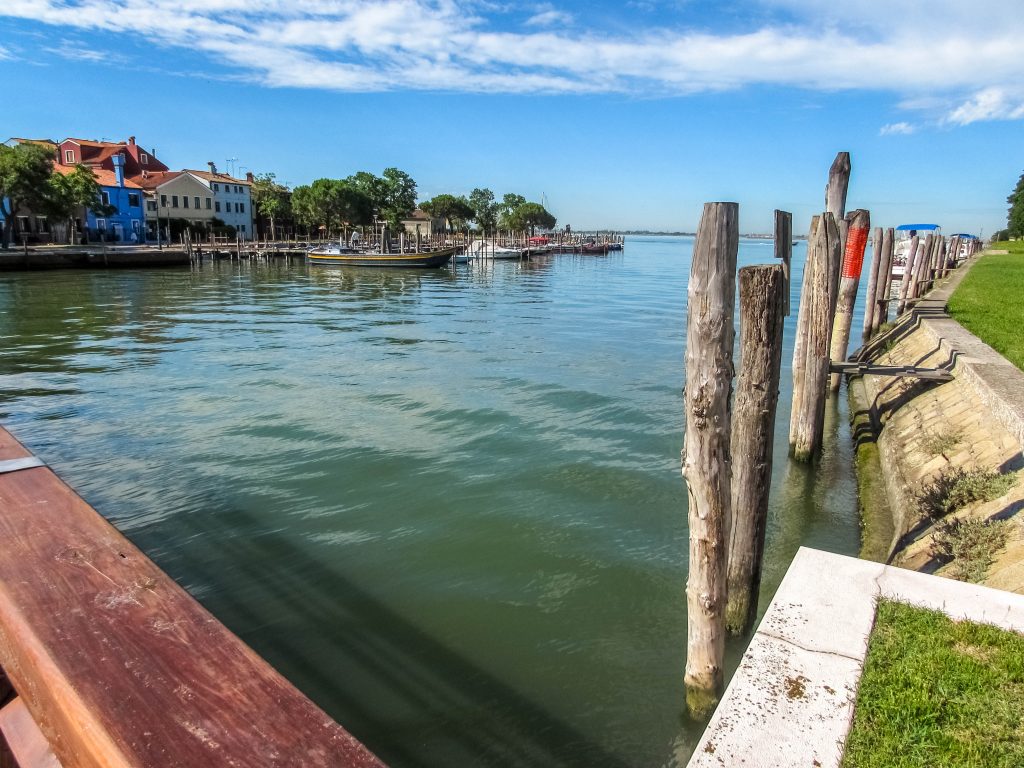
Beyond the church, Mazzorbo’s residential architecture also deserves mention. The houses here are less ornate than in tourist-frequented areas but are significant for their authenticity. These homes, with their faded pastel facades and wooden shutters, represent typical Venetian residential architecture of past centuries. They provide a contrast to the more polished and preserved buildings found in central Venice, offering a more genuine look at local life.
The island’s layout itself reflects historical urban planning. Narrow alleys and small squares indicate a community designed for foot traffic and small-scale habitation. This layout has remained largely unchanged, preserving the feel of a medieval Venetian settlement. Walking through Mazzorbo, one can imagine life here hundreds of years ago, with children playing in the alleys and neighbors chatting across balconies.
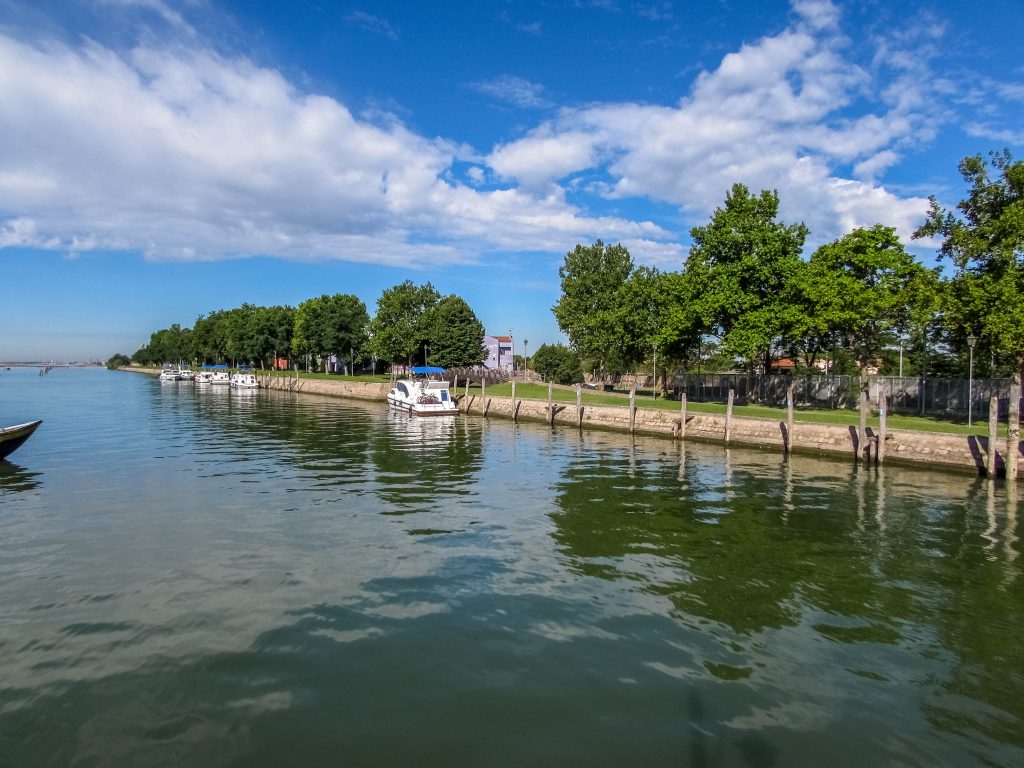
In addition to residential and religious buildings, Mazzorbo hosts several old warehouses and barns that once served its agricultural and maritime industries. These structures, while often overlooked, are crucial for understanding the island’s economic history. Some have been repurposed into homes or artist studios, providing a creative reuse of space that blends historical preservation with contemporary needs.
Conclusion
Mazzorbo offers a unique blend of tranquility, history, and natural beauty, making it a fascinating part of the Venetian archipelago. Its lesser-known status allows visitors to enjoy a more authentic, unhurried experience away from the crowds of Venice. By exploring Mazzorbo, one can appreciate the layers of history and the quiet charm that this island preserves. It stands as a reminder of the ever-changing fortunes of Venice’s islands and the enduring beauty that remains.




